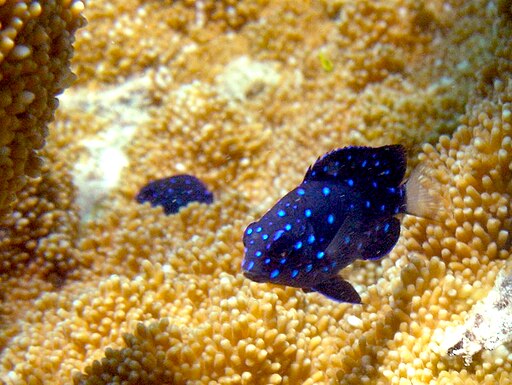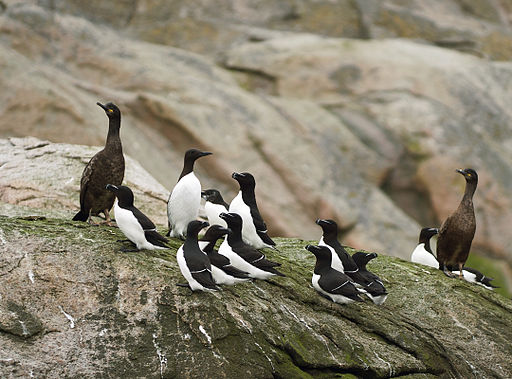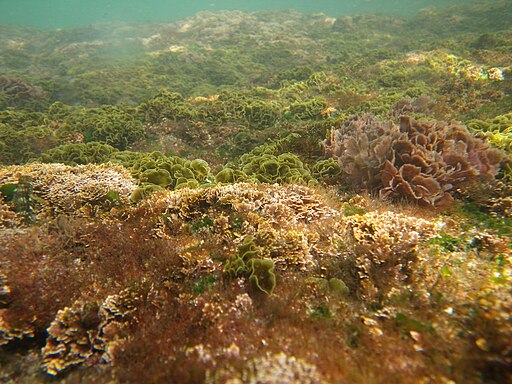A new study has found that the presence of invasive rats on tropical islands is affecting the territorial behavior of fish on surrounding coral reefs. The rats, which arrived on the islands as stowaways on ships in the 1700s, change the behavior of jewel damselfish, a herbivorous species of tropical reef fish that “farm” algae in the branches of corals.
The study, which was led by scientists from Lancaster University in the UK and involving researchers from Lakehead University in Canada, was published in Nature Ecology and Evolution and compared five rat-infested and five rat-free islands in a remote archipelago in the Indian Ocean. The rats disrupt an important nutrient cycle by attacking and eating small resident seabirds and their eggs, leading to a drop-off of nutrients in the seas surrounding rat-infested islands. This results in a lower nutrient content of seaweed for herbivorous fish, such as the damselfish. The damselfish around rat-infested islands behave less aggressively and need to have larger territories due to the lower nutrient content of the algae.
Seabirds travel out into the open ocean to feed and return to nest on islands. The seabirds then deposit nutrients, through their droppings, onto the islands, and many of these nutrients are subsequently washed into the seas, fertilizing the surrounding coral reef ecosystems. On islands with invasive rats, the rodent populations decimate the seabirds, leading to seabird densities that are up to 720 times smaller on rat-infested islands. This results in much less nitrogen flowing onto the coral reefs around these islands.
Around islands with intact seabird populations, the farming damselfish aggressively defend their small patch, typically less than half a square meter, of the reef to protect their food source – turf algae. However, the scientists observed that farming damselfish on reefs adjacent to rat-infested islands were much more likely to have larger territories and were five times more likely to behave less aggressively than those who lived on reefs adjacent to islands without rats. The damselfish around rat-infested islands need to have larger territories because the algae around rat-infested islands is less nutrient-rich due to the missing seabird-derived nutrients.
This behavior change in the damselfish could potentially have wider implications for the spread of different species of coral, the distribution of other reef fish, and the resilience of damselfish over generations due to changes in hereditary traits. Changes in behavior are often the first response of animals to environmental change and can scale up to affect how and when species can live alongside one another. This study is the first to show that invasive rats can change the behavior of coral reef fish in this way and highlights the importance of understanding and managing the impacts of invasive species on ecosystems.
Students in our AP Biology class are likely to be familiar with these concepts of nutrient cycling and the importance of nutrients in supporting the growth and productivity of an ecosystem. The study highlights how the nutrient cycle on coral reefs is disrupted by the presence of invasive rats, leading to a drop-off in nutrients in the surrounding seas and a lower nutrient content of seaweed for herbivorous fish. This can have consequences for the growth and productivity of the coral reefs and the overall health of the ecosystem.




Leave a Reply